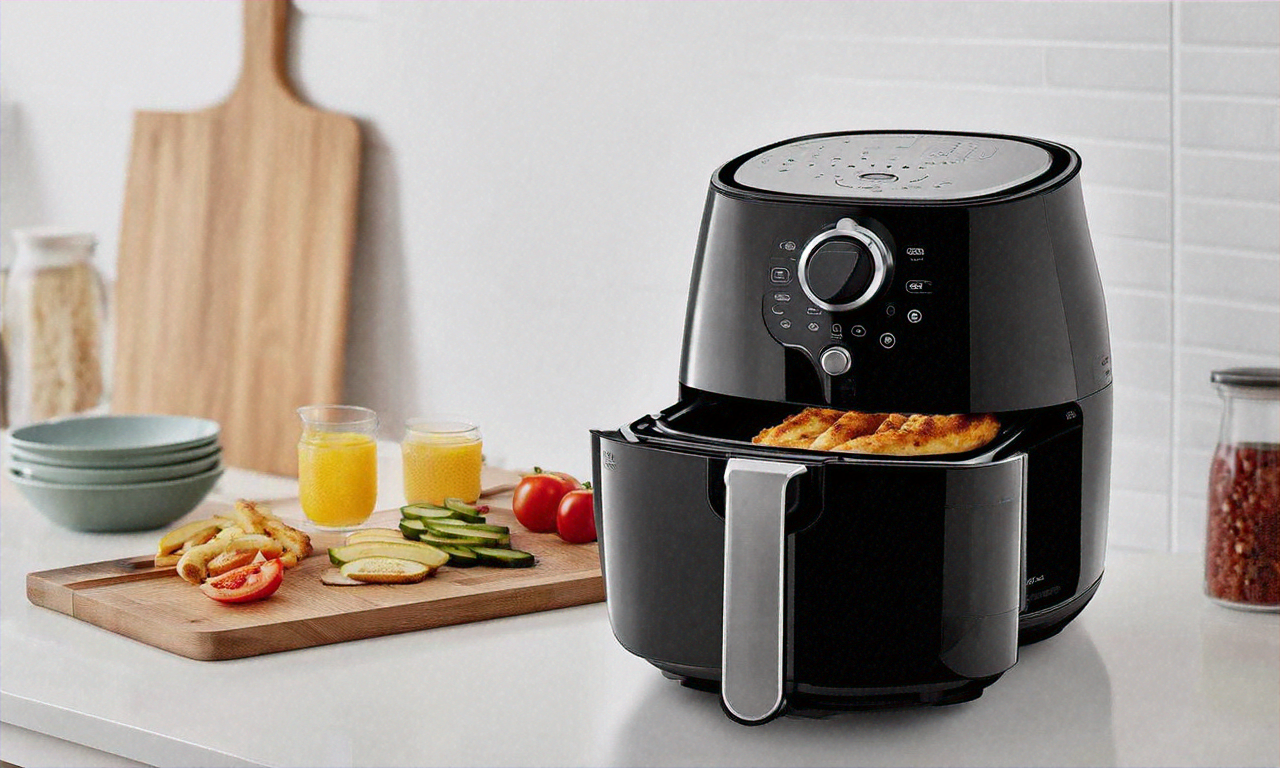Microwave: Practical Uses, Safety, and Kitchen Tips
A microwave oven is a common kitchen appliance that speeds up everyday cooking tasks, from reheating leftovers to steaming vegetables. Many households rely on microwaves for convenience, but understanding how they work, what materials are safe to use, and how to integrate one into meal preparation helps make them more useful and safer. This article covers practical guidance on use, selection, food safety, and simple cooking tips.

How does a microwave work?
A microwave uses electromagnetic waves at microwave frequencies to agitate water molecules and other polar molecules inside food, generating heat rapidly and evenly in many cases. This differs from conventional ovens that transfer heat from hot surfaces to food. The core components include a magnetron that produces microwaves, a waveguide that directs them into the cavity, and a turntable or mode stirrer to improve distribution. Microwaves penetrate a short distance, so cooking times vary with food thickness and density.
Microwave heating is efficient for many tasks because energy is delivered directly into the food rather than heating the surrounding air. However, browning and crisping typically require additional techniques, since microwaves do not create the high surface temperatures that cause Maillard reactions.
How to use a microwave in your kitchen
Place your microwave on a stable surface with adequate ventilation and follow manufacturer spacing guidelines. Use microwave-safe containers (ceramic, glass labeled microwave-safe, some plastics marked for microwave use), avoid sealed containers, and poke holes in items like potatoes or sausages to prevent pressure buildup. Covering food with a microwave-safe lid or plate retains moisture and reduces splatters while venting steam slightly.
Rotate or stir food during heating for more uniform results, and allow standing time after cooking so residual heat completes the process. For defrosting, use designated settings or low power and check frequently to avoid partial cooking. Keep the cavity clean to prevent odors and maintain efficiency.
Choosing a microwave appliance for your home
When selecting a microwave appliance, consider capacity (liters or cubic feet) for your typical dish sizes, power measured in watts (higher power reduces cook time), and features such as preset programs, inverter technology for gentler defrosting, and sensor cooking that adjusts time based on humidity. Countertop models are the most flexible, while over-the-range units save space and often include ventilation. Built-in microwaves integrate with cabinetry but may require professional installation.
Energy use is generally modest compared to ovens; check power ratings and look for reliable brand support, clear warranty terms, and user reviews for long-term performance. Measure the intended installation area and door swing before purchasing to ensure a proper fit.
Is microwave cooking safe for food?
Microwave cooking is safe when used correctly. Microwaves heat food by exciting water molecules; they do not make food radioactive. Safety concerns usually focus on uneven heating that can leave pockets of undercooked food where bacteria survive, and on choosing appropriate containers. Use food thermometers to verify internal temperatures for meat, poultry, and reheated leftovers, and follow recommended standing times to allow heat to distribute.
This article is for informational purposes only and should not be considered medical advice. Please consult a qualified healthcare professional for personalized guidance and treatment.
Avoid heating materials not designed for microwave use (some plastics, foil, and metal) because they can spark, melt, or leach chemicals. If you notice arcing, smoke, or a burning smell, stop the microwave immediately and inspect the item.
Microwave tips for everyday cooking
To improve texture, combine microwave cooking with other techniques: finish items under a broiler or in a hot skillet to crisp surfaces after microwaving. Use microwave steam bags or loosely covered bowls with a little water to quickly steam vegetables while preserving nutrients. For reheating, slice dense items into thinner portions to promote even warming, and add a splash of water to avoid drying out grains and rice.
Experiment with power settings: lower power for gentle defrosting or simmering, and higher power for fast reheating. Keep a small microwave-safe thermometer handy and label leftovers with dates to manage food safety. Routine maintenance—wiping spills, replacing damaged turntables, and ensuring door seals are intact—helps maintain performance and safety.
Conclusion
Microwaves are versatile kitchen appliances that save time and energy for many cooking and reheating tasks when used with appropriate containers and techniques. Understanding how microwaves heat food, choosing the right appliance for your space and needs, and following safe practices will help you get consistent, practical results while minimizing risks.





